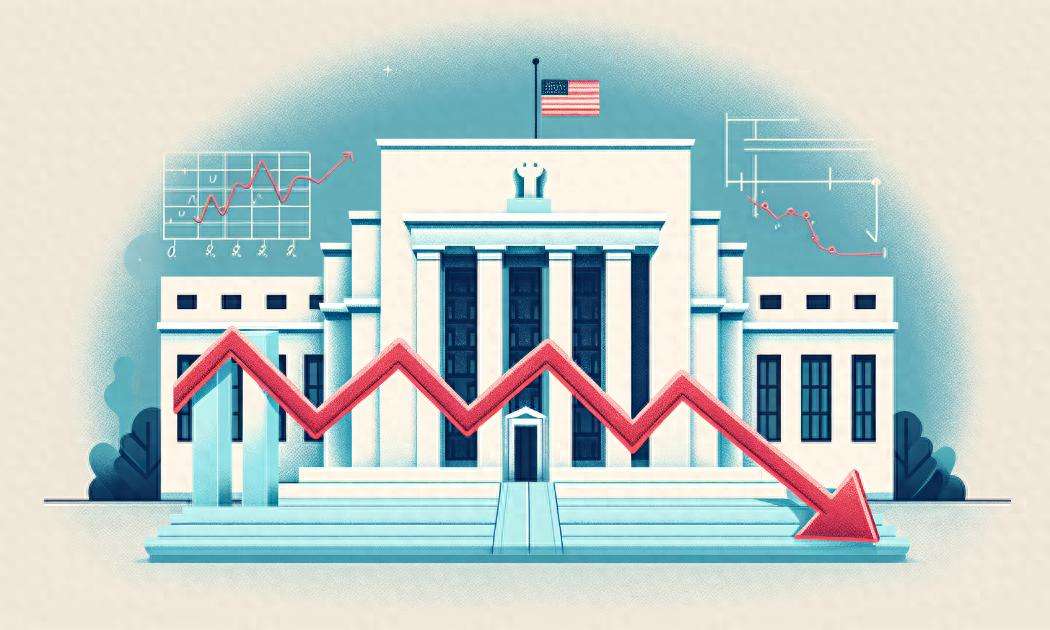Fed Warns of Overvalued Markets
Advertisements
- March 21, 2025
The recent remarks by Federal Reserve Governor Lisa Cook have stirred echoes of the past, reminiscent of former Fed Chairman Alan Greenspan's ominous warning about "irrational exuberance" back in 1996. This historical parallel raises eyebrows, particularly in a period marked by soaring market valuations, primarily in the stock and corporate bond sectors. Cook's frank assessment is noteworthy and signals growing concerns among financial policymakers regarding the sustainability of current market conditions.
On a recent Monday, Cook voiced one of the most candid warnings issued by a Federal Reserve official regarding market valuations. She pointed out that many asset classes, including stocks and corporate bonds, are experiencing inflated valuations. According to her analysis, the expected risk premiums are approaching the lower end of their historical distributions, suggesting that market pricing might be excessively optimistic. This scenario presents a heightened risk for significant declines in response to adverse economic news or shifts in investor sentiment.
Historically, Fed Chair Jerome Powell has opted for a more cautious approach when discussing market dynamics, making Cook's recent statements all the more striking. However, unlike Greenspan's 1996 address that sent shockwaves through the markets, resulting in immediate volatility, Cook's comments were largely overlooked by investors. In fact, the S&P 500 Index reclaimed the 6,000 point threshold that day, nearing an all-time high, and while it later retracted some gains, it still closed up by 0.6%.
The current state of the corporate bond market also reflects this high valuation phenomenon. The New York Fed's Corporate Bond Market Distress Index (CMDI) sits at historic lows, further indicating the brightness of the market landscape and contributing to the challenge of determining when and how correction might occur.
It is crucial to recognize that the valuation levels in the stock market, especially as gauged historically, are indeed elevated. The S&P 500 Index increased by at least 20% for the second consecutive year, marking a robust upward trend. According to Goldman Sachs, the valuation metrics for this index are currently two standard deviations above the average observed over the past decade when assessed against tangible book value and sales. Such metrics cast a long shadow, nudging market analysts and investors to re-evaluate their strategies amidst mounting concerns of overextension.
Economist Robert Shiller's Cyclically Adjusted Price-to-Earnings ratio (CAPE) stands at around 37, a figure akin to the levels witnessed just before the dot-com bubble burst. CAPE serves as a key measure for evaluating the expected long-term returns of the stock market, based on inflation-adjusted real stock prices divided by the average real earnings per share over the previous decade. Despite its utility, this ratio has struggled to provide timely warnings about market peaks, having settled into elevated territory for prolonged periods.

Despite the tremors felt in response to Greenspan's comments back in the day, they did not terminate the remarkable run-up in tech stocks, a rally that continued until the markets peaked in early 2000. This historical context may help explain why bullish investors appear unfazed by Cook's foreboding messaging. In an insightful commentary, Art Hogan, Chief Market Strategist at B. Riley Wealth, remarked that while Greenspan's cautionary words were valid, they came years too early, stating, "Officials have seemingly been trying to avoid comments about valuations ever since."
Hogan further observed that among the eleven sectors within the S&P 500, five sectors have outperformed the broader market expectations as we near the close of 2024. This trend suggests that the current rally is transitioning beyond the so-called "Magnificent Seven" technology stocks, possibly alleviating some valuation concerns as investment diversifies.
Within the investment realm of Wall Street, there persists a prevailing belief among strategists that the market will continue on a bullish trajectory, a sentiment seemingly embedded in the consensus culture. This optimistic disposition pervades discussions and forecasts as financial analysts remain hopeful about sustaining the current growth phase.
Contrasting this bullish sentiment, Barry Bannister from Stifel stands out as a rare voice cautioning against the expected bullish trajectory of the U.S. stock market. Nevertheless, his critique is not an outright dismissal of upward trends. Bannister contends that relying solely on existing valuation metrics is insufficient to incite a market correction. He emphasizes the necessity for additional catalysts that would prompt any significant reversal. In his view, a deteriorating economic landscape could serve as a prime instigator of such a shift.
The intricate connectivity between markets and macroeconomic conditions cannot be ignored. When economic conditions falter or when substantial negative shocks occur, corporate earnings are typically hit hard, which in turn affects investor confidence and the overall valuation framework of the stock market. Ultimately, this can steer market directions towards declines or corrections. Thus, the overarching sentiment remains: as long as fundamental negative catalysts are absent, the market is improbably poised to continue on the upward trajectory predicted by the majority of strategists.
However, as we look toward the horizon, an imperiled economic backdrop could expose high valuations as a vulnerability in the market. Kevin Simpson, CEO of Capital Wealth Planning, recently articulated concerns regarding the forthcoming earnings season beginning next week. He forecasted that corporate earnings would be in sharp focus as investors seek signs of growth to justify current valuations. Financial reports from significant tech companies, in particular, hold weight as any signals of caution could amplify existing valuation worries.
Simpson posits, "The market widely anticipates nearly 15% growth in earnings per share for the S&P 500 in 2025, more than double the historical average. Should this earnings season yield any warning signs, particularly from major tech players, the reverberations could resonate deeply, amplifying valuation concerns across the board." Indeed, the next quarter will serve as a pivotal moment for investors and analysts alike as they dissect profit reports in an atmosphere so closely tethered to shifts in sentiment and economic realities.
Leave A Comment